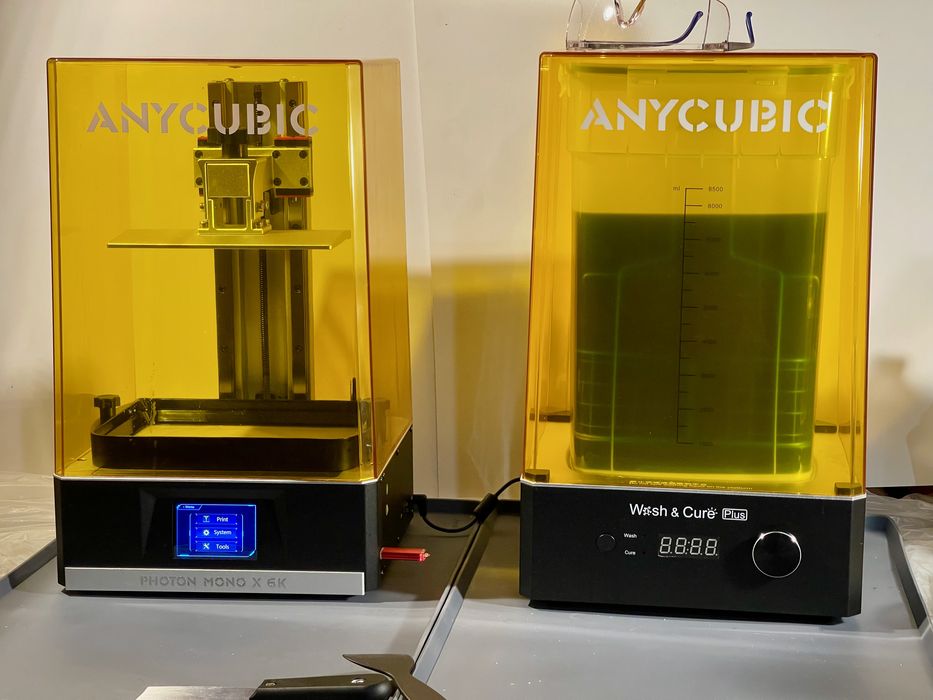
This week’s question relates to some mats we used in a prior story.
Reader Folke asks:
“Thank you for your great article about the Anycubic Photon Mono X 6K 3D Printer. Where do you get these lovely grey Slap Mats from?”
Folke refers to a prior “Hands On” story where we reviewed Anycubic’s Photon Mono X 6K 3D printer. It’s a somewhat large-sized device that produces really good prints and is relatively easy to use.
Folke spied something interesting in one of the images used in the story, where we had positioned the Photon Mono X 6K and its corresponding Wash & Cure station on some grey mats.
Mats are really an essential item for any desktop resin 3D printing setup for several reasons.
As readers will know, 3D printer resin is actually toxic and should be handled extremely carefully. This means use of personal protective gear (PPE), such as nitrile gloves, safety glasses, sleeves, etc.
However, you should protect not only your person against toxic resin spills, but also your equipment and facility. For me this means using a very rigid workflow where “clean” and “wet” are specifically handled in sequence.
One of the risks is a resin spill. This happens constantly, actually, because when you move prints from the printer to the wash station there will be drips, sometimes many. When you pour resin into the 3D printer, there will be drips. When you lift the resin tray up for pouring & filtering back into the bottle, there may be drips.
Or worse, you could slip and tip the tray over, releasing a deluge of highly toxic resin all over your table.
For many tables it’s just a matter of wiping up the mess carefully with a lot of paper towels — which must be disposed of properly afterwards. But what if your tabletop isn’t really made of the proper material?
Suppose you are using a wooden tabletop with a porous surface? Toxic resin could seep into those cracks and remain there basically forever. That’s definitely not something anyone would want.
Some 3D printer operators protect their work surface with plastic wrap. It’s cheap and easy to apply, but it isn’t perfect.
One approach that seems to work well is to use silicone mats, as seen in the image at top. These are inexpensive and very easy to clean. They are flexible, but they don’t fold.
The best part is that they have a “lip” that prevents major spills from going too far. Imagine, for example, if you happened to tip over an open bottle beside the 3D printer! In that case, the lip would save you a lot of trouble.
The question is, what exactly are these mats, and how do you get them?
This is a good question, because they are not sold as a 3D print accessory. You won’t find them at your favorite 3D print reseller — at least until they are recognized as a key item every operator should have.
In fact they are pet feeding mats!
To feed certain types of pets (dogs, mostly), the idea is to pour a pile of food in pellet form onto the mat. The dog can then nuzzle its way through the delicious bits, but not spread them all over the floor: the lip holds it all back. To clean, just hose it down afterwards.
I purchased my mats from Amazon, where you can find all sorts of this stuff. Search for things like “dog food mat”, “pet feeding mat” or similar and you will find some.
You’ll be able to select mats in various sizes, and you should match the size of your workspace and printer. There is also significant color choice, so I’d advise picking a color that’s different from the resins you frequently use so that you can easily see spills. Be sure to select one that includes the all-important lip, however.
Mats for everyone!
